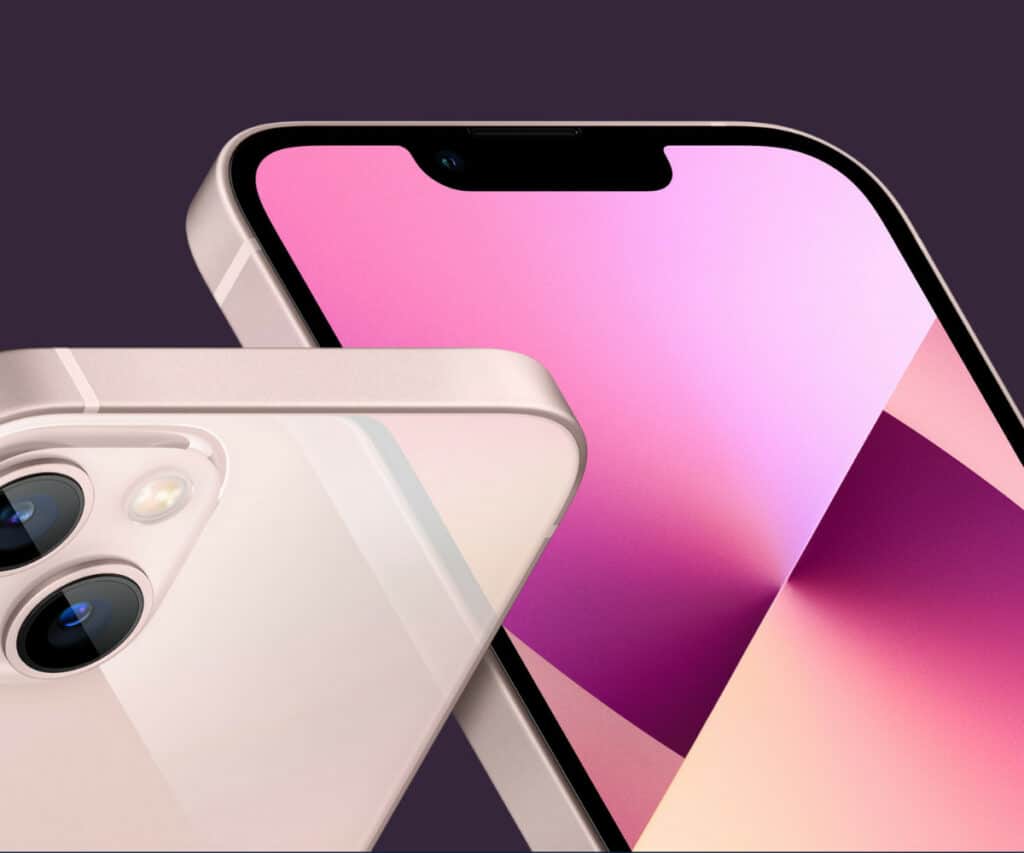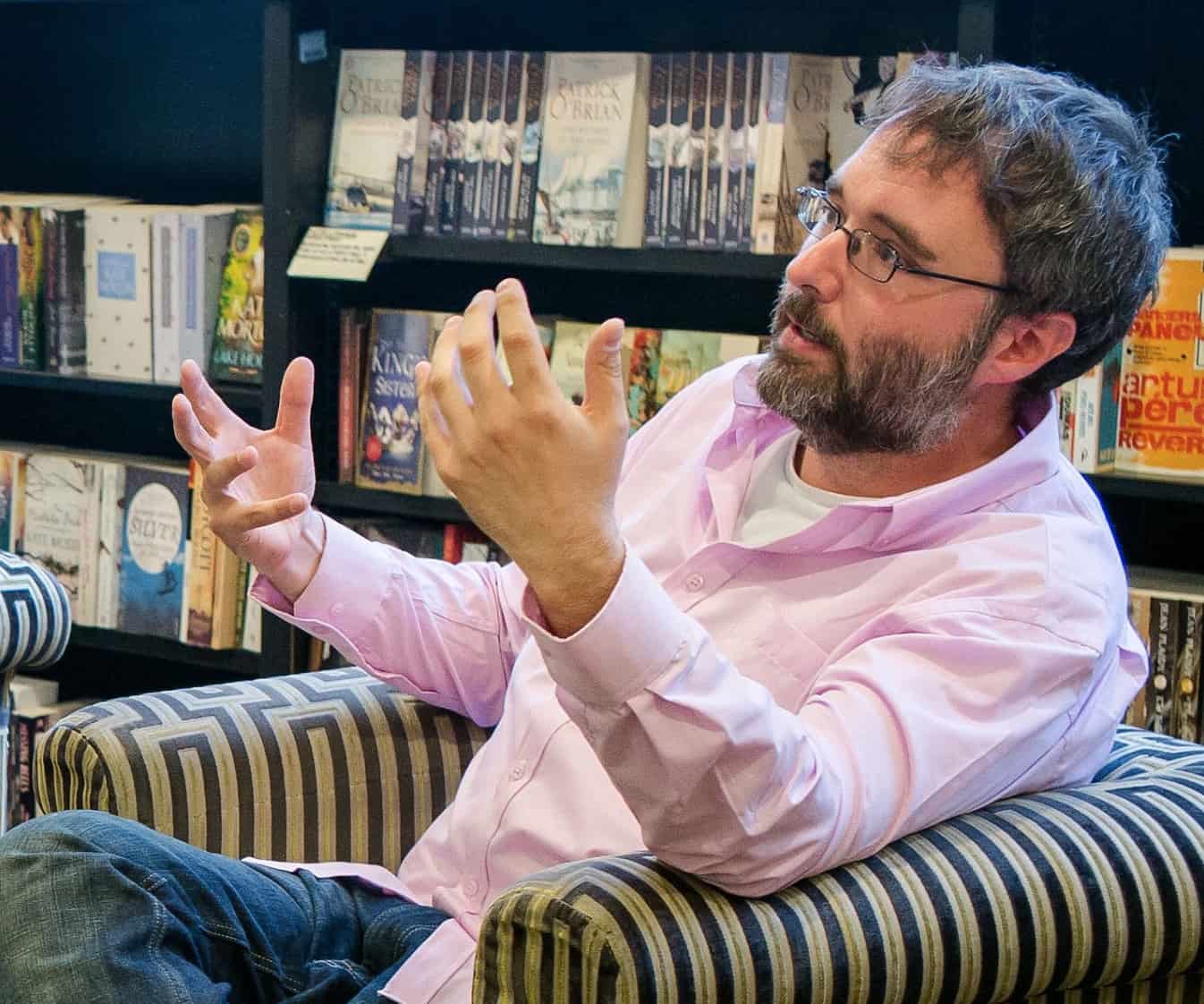How To Close All Open Apps On Iphone 11
How do you close apps on the iPhone 12? Or, any post-iPhone X iPhone for that matter? As always, it is A LOT simpler than you think…
Closing apps on the iPhone is the simplest thing in the world, yet many people follow a convoluted process to "close" an app, whereby they go through each individual application and swipe up to close it inside the multitasking carousel.
You don't need to do this. It is a complete waste of time. And this applies to ALL iPhone models – from the iPhone X to the iPhone 12 and iPhone 13.
How To Close Apps on iPhone 11
Why? Simple: if an iPhone app isn't displaying on your screen it is effectively dead anyway, aspects of it might be stored in memory, but the app itself is not using ANY of your iPhone's CPU or battery power – not really, anyway.
This means you do not need to close apps on the iPhone 11, iPhone 12, or any iPhone for that matter. If an app isn't displaying on your iPhone's screen is it technically closed.
When you're not using an app, it exists in a kind of purgatory; it's neither here nor there basically. It just sits in your iPhone's memory awaiting reactivation. The only exception to this rule is if an iPhone app has "Background App Refresh" toggled on. If this is the case, the app in question can reactivate itself to check things like your location data and other data.
Bottom line? Any app that isn't being used does not take up any processing power unless it uses Background App Refresh. And even then, you can switch off Background App Refresh on iPhone by doing the following: Settings > General > Tap Background App Refresh & Toggle It To OFF
Let's take a look at how people often close apps on iPhones with a home button, and then, after this, we'll look at how people close apps on iPhones without a home button. Even though they DO NOT NEED TO DO THIS. As noted earlier, it is NOT possible to close all iPhone apps at once or to even close apps automatically. Your iPhone's software takes care of all of this in the background, requiring ZERO assistance from you.
How To Close Apps on iPhone X, iPhone 11, and iPhone 12 (ALL MODELS)
How in the heck do you close apps without a home button? Ever since Apple did away with the home button aboard the iPhone X, people have been scratching their heads over the correct way to properly close applications on Apple's newer iPhones.
Fortunately, there is a simple way to close apps on the iPhone X and beyond. Just follow these steps:
- Swipe up from the bottom of the screen, but pause mid-way through the gesture without taking pressure of the screen
- The app switcher will now pop up
- Swipe through the apps you want to close and swipe upwards to close them
However, as you'll find out below, there really is NO NEED to close apps on your iPhone. If the application isn't displaying on your screen, it's essentially not in use, so you don't need to worry about it.
Still, if you MUST close apps on the iPhone X and beyond, this is the best way to do it (even though you don't need to)…
The Right Way To Close Apps On The iPhone 8 (Or, Any iPhone With Home Button)
I'm going to keep this short: there are only two right ways to close an app on an iPhone (despite what you see everyone else doing, but I'll get to that in a second). You close an app on the iPhone by doing one of the following two things:
- Press the Home button (Touch ID button) on your iPhone, or swipe up from the bottom of the screen on iPhones with Face ID and return to the home screen.
- Alternately, launch right from one open app into another app. The first app you launched from is the one that gets closed.
So got it? These are the ONLY two official ways to close an app on an iPhone. This is ALL you need to do to close an iPhone app.
The Wrong Way To Close Apps On The iPhone
Yeah, yeah, I know…we've all seen the "real" way to close apps on the iPhone. This supposed way is to double press the Home button or swipe of from the bottom of the screen and hold so the multitasking window appears that shows all of your supposedly "open" apps. Then from this multitasking window swipe up on any app you see and push it out of the screen to close it.
That's how you really close apps on iPhone, right?
WRONG. This couldn't be more wrong.
"Closing" apps this way is something people who think they know something about technology close their apps and they are quick to tell their friends that this is the only real way to close an app on the iPhone.
But they couldn't be more wrong. When you "close" an app this way you are simply force-quitting an app that is already closed.
It is a myth that this is the "true" way to close apps on an iPhone and claims that closing an app this way will free up more CPU or memory or prolong battery life are completely false.
This is because these supposedly "open" apps you see in the multitasking view aren't actually open. They're in standby mode–all their processes shut down. Even Apple explicitly states this on their website:
"When your recently used apps appear, the apps aren't open, but they're in standby mode to help you navigate and multitask. You should force an app to close only if it's unresponsive."
You see, iOS is a very capable operating system and it can expertly manage all open and closed apps without a user needed to manually do anything. This is why iOS is the best mobile operating system on the planet.
Even Apple Guru John Gruber dispelled this myth years ago (and others dispelled the myth even years before him). Writing in 2017, Gruber said:
"The single biggest misconception about iOS is that it's good digital hygiene to force quit apps that you aren't using. The idea is that apps in the background are locking up unnecessary RAM and consuming unnecessary CPU cycles, thus hurting performance and wasting battery life.
"That's not how iOS works. The iOS system is designed so that none of the above justifications for force quitting are true. Apps in the background are effectively "frozen", severely limiting what they can do in the background and freeing up the RAM they were using. iOS is really, really good at this. It is so good at this that unfreezing a frozen app takes up way less CPU (and energy) than relaunching an app that had been force quit. Not only does force quitting your apps not help, it actually hurts. Your battery life will be worse and it will take much longer to switch apps if you force quit apps in the background."
Don't take Gruber's word for it?
What about Apple Senior Vice President of Software Engineering Craig Federighi? You know, the guy responsible for iOS who knows the operating system better than anyone on the planet.
When a customer emailed asking if Apple CEO Tim Cook quits his iPhone's iOS multitasking apps frequently and is it necessary to do so, Federighi replied, "No and no."
Bottom line: STOP force quitting apps thinking you are closing them. If an app isn't on-screen on your iPhone, it's already closed.
Also, don't forget to check out how to run iOS apps on Windows PCs and Macs!

iPhone 13 Resource Hub: All The Latest News, Updates, Pricing & Guides
Frequently Asked Questions
-
Q: How Do I Close Apps on iPhone 12?
You don't need to worry about closing apps on your iPhone. If you're not looking or using the application, it is not taking up any of your memory. Apple has designed iOS to manage apps in a unique fashion, placing them in stasis when they're not being used. You can, of course, go to your app selector screen and swipe them away but this doesn't really do anything.
-
Q: How do you close all open apps on iPhone?
You don't need to close ALL apps on iPhone. If you're not using an application, it is effectively frozen and doesn't use any data or require any of your iPhone's RAM or CPU. Apple designed iOS in a specific way for this exact reason: if your app isn't displaying on your iPhone's screen it isn't using any of your phone's power. Simple, right?
-
Q: Does closing apps save battery?
No, closing apps will not improve your iPhone's battery life. As noted way back in 2017, iOS is designed to manage apps in real-time. If an app is not being used it is not drawing any system resources – the app is effectively frozen in stasis until you re-open the app. You can run multiple apps, swapping quickly between them, and iOS will ensure that ONLY the app you're looking at and using will draw system resources. The apps not being used will be frozen until you come back to them.
-
Q: How can I tell which app is draining my battery?
Checking to see which apps are using the most battery is very simple on iPhone. Just go to Settings > Battery > View Battery Stats For Last 24 Hours or 10 Days > Swipe Down For Battery Usage by App. The main offenders, usually, are apps like Facebook which are constantly pulling data. If you want to improve your iPhone's battery life, delete Facebook – it will make a big difference.

Apple expert and novelist, Michael Grothaus has been covering tech on KnowYourMobile for the best part of 10 years. Prior to this, he worked at Apple. And before that, he was a film journalist. Michael is a published author; his book Epiphany Jones was voted as one of the best novels about Hollywood by Entertainment Weekly. Michael is also a writer at other publications including VICE and Fast Company.
How To Close All Open Apps On Iphone 11
Source: https://www.knowyourmobile.com/user-guides/how-to-close-apps-on-an-iphone-chances-are-youre-doing-it-wrong/
Posted by: darrorty1962.blogspot.com

0 Response to "How To Close All Open Apps On Iphone 11"
Post a Comment